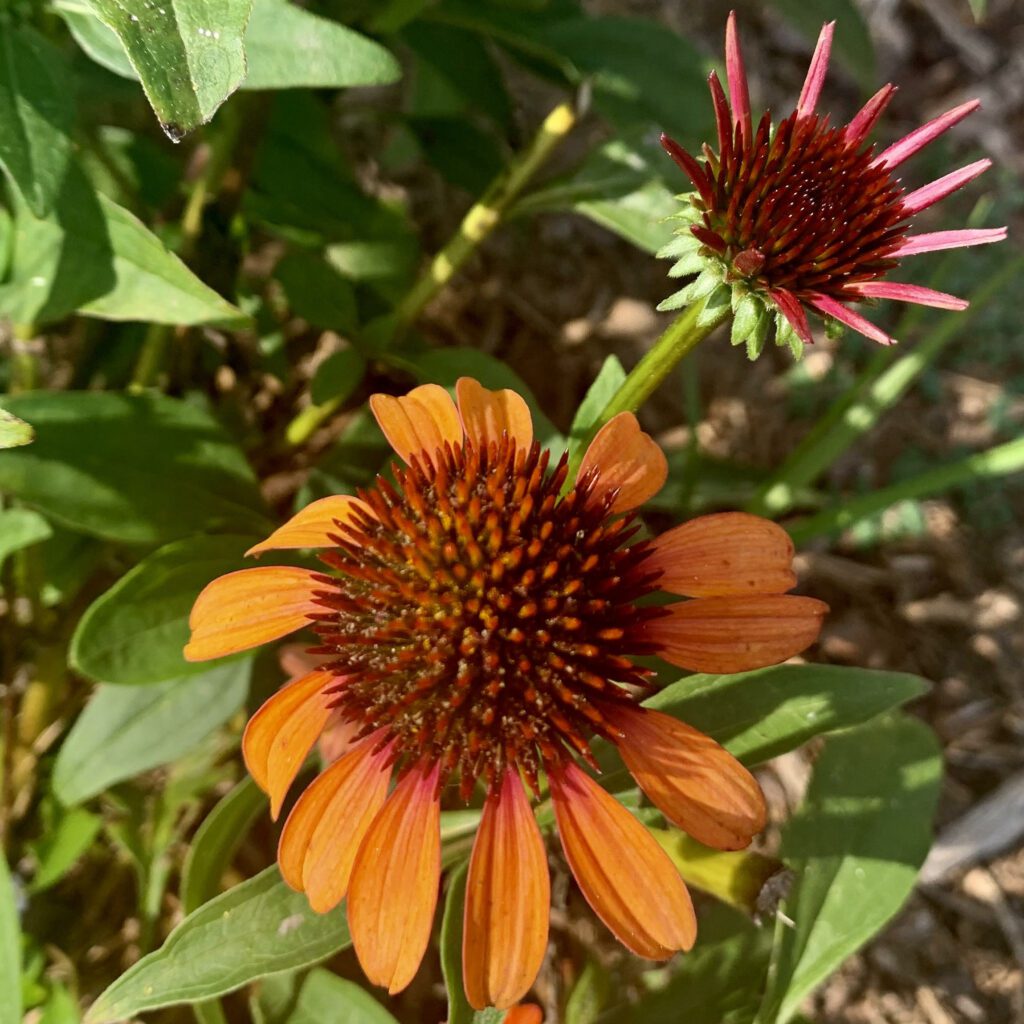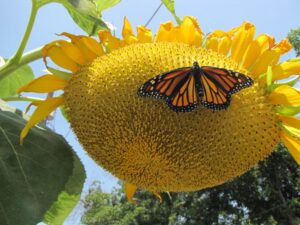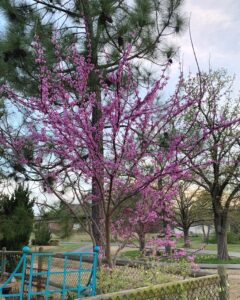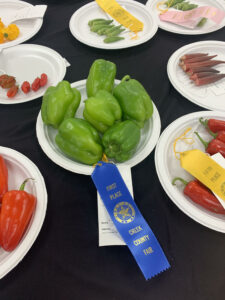Kathy Berryhill
Creek County Master Gardener
Summer color in our yards and gardens is such a treat for our eyes! The vibrant reds, purples and yellows work to attract many pollinators who come to nectar. Vibrant purple garden phlox have the added benefit of a strong, sweet fragrance. Butterflies and moths have been increasingly visible on this plant during the last few weeks. My gardener’s mind is already jumping to next year to plan to increase the color show!

Remembering the much higher plant prices of this year, sowing our plants directly gains appeal! Wouldn’t it be great to use some of the seeds that our plants are producing now to increase our displays? Growing plants from seed is one of the cheapest ways to increase your garden.
However, having had minimal success with growing plants from my seeds, it seems that there must be some techniques that I have overlooked. And yes! Stratification and scarification are two methods that will increase the chance of seed propagation. Both processes occur naturally when seeds stay outdoors throughout the winter months. But gardeners can replicate these methods with a few tips.
Scarification is the process of cracking the hard outer shell of a seed. Many seeds require this to germinate. Some seeds, like morning glories, have extremely hard shells which prevent water absorption. The natural freezing and thawing cycle of winter slowly softens the seeds, allowing water to enter when the time arrives for new growth. Animals can scarify seeds by eating the hard seeds and digesting them.
This helps explain how plants like strawberries appear around the yard! Gardeners can scarify seeds manually by rubbing the seed with something coarse (like sandpaper) or nicking the shell with a knife.
Care must be taken to only crack the shell without damaging the seed. Scarifying a seed and then soaking it overnight will greatly increase the rate of germination. Hard seeds such as purple hyacinth bean, moonflower and nasturtiums all benefit from scarification.
The other method, cold stratification, simulates the chilling and warming that some seeds require to break dormancy. This process occurs in nature if the seed is left outside in its native climate. While not all seeds are hardy enough to survive cold temperatures, perennials seem to benefit. Gardeners can break the dormancy of certain seeds by mimicking the cold temperatures for a set amount of time.
To stratify seeds, place the seed between layers of a well moistened paper towel. (Do not allow standing water as this can encourage mold growth) Seal the paper towel tightly in a container or baggie. Label with the seed name and the date. Place the container or baggie in the refrigerator for around 30 days. (Some seeds require a longer period of cold). Check occasionally that there is still moisture available. At the end of the month, transplant the resulting sprouts into a seed tray with seed starter mix until ready to plant.
So why not pick a perennial that has produced a seed head in your garden and give this a try? I have my eye on a beautiful Cheyenne Spirit Coneflower that I would love to propagate. There’s nothing to lose from trying and lots of color to gain!
Happy gardening!










